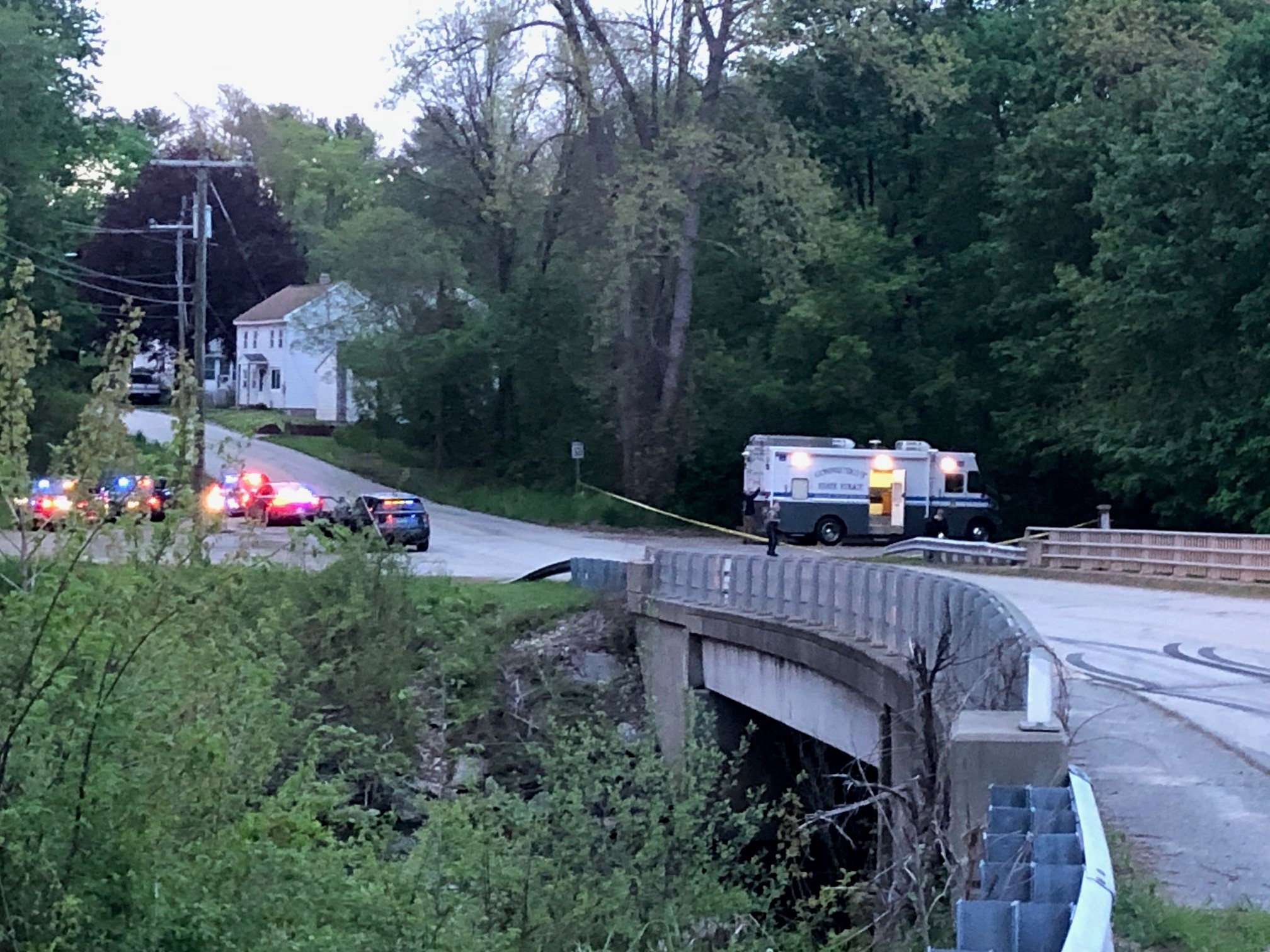The Connecticut River runs about 60 miles through the entire state. On the banks of the river in Essex, Project Oceanology and the Connecticut River Museum are showing local students the value and impact of healthy waterways. Students learn how human actions affect other life around the river.
“River Dwellers” is a program where students chronicle how the actions of groups - from Native Americans to modern fishermen - led to serious pollution.
"They really get to think a little bit about how humans use the resources and sometimes abused the resources we have along the river," Debbie Sayer, a marine science educator with Project Oceanology, said, explaining a main facet of the program.
Through a hands-on approach, seventh-graders like Arwen Little realize how the Connecticut River has recovered over time.
Get Connecticut local news, weather forecasts and entertainment stories to your inbox. Sign up for NBC Connecticut newsletters.
"There’s a grading scale for it. So it’s like A, B, C, or D, like in school, and right now our river is about an A-, so we’re trying to build it up closer to an A or A+," Little said.
The museum’s director of education, Tami Christopher, points out that even if you don’t live along the Connecticut River specifically, we should be acting with the health of our waters in mind.
"We have a lot of rivers in Connecticut, we have a lot of small streams and waterways and eventually they all lead to the Long Island Sound and the Atlantic Ocean that connects us all," Christopher said.
Local
Project organizers said monitoring our habits like limiting chemical use is one way to maintain the health of the river. Anything that goes into the water can travel up the food chain, impacting many species of animals in and around the river.
You can find more information on these organizations on the Connecticut River Museum's website or Project Oceanology's website.



